This article is more than 1 year old
Soyuz to loft Sentinel-1B Earth-watching sat
Launch tomorrow from French Guiana
Europe's Sentinel-1B Earth-watching satellite will soar heavenwards tomorrow from Kourou, French Guiana, riding a Soyuz lifter to a 700km altitude polar orbit.
It'll orbit 180° apart from its identical twin - Sentinel-1A - which launched in April 2014, on a joint mission to deliver data as part of the Copernicus environmental monitoring network.
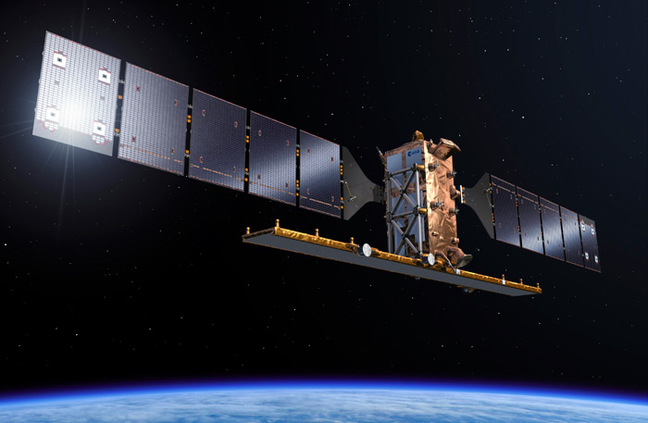
Were you in a 700km polar orbit, you might catch this view of Sentinel-1B. Pic: ESA / Pierre Carril
The satellites carry a C-band Synthetic Aperture Radar and between them will image the entire Earth's surface every six days. The European Space Agency explains: "The mission will benefit numerous services. For example, services that relate to the monitoring of Arctic sea-ice extent, routine sea-ice mapping, surveillance of the marine environment, including oil-spill monitoring and ship detection for maritime security, monitoring land-surface for motion risks, mapping for forest, water and soil management and mapping to support humanitarian aid and crisis situations."
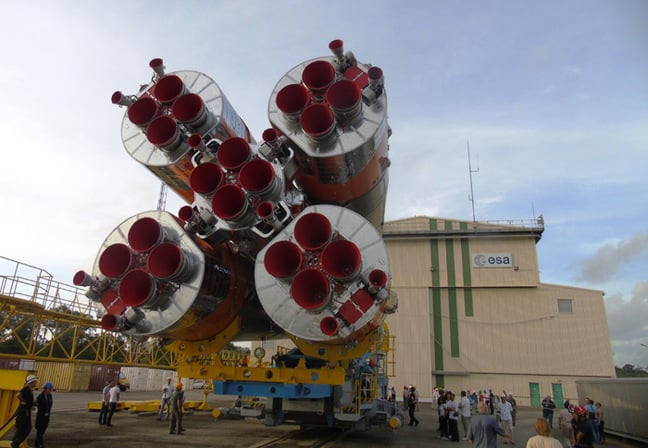
The Soyuz trundles to the launchpad. Pic: ESA
Sentinel-1B was hoisted atop the Soyuz-ST rocket yesterday. ESA notes: "This three-stage rocket (plus Fregat upper stage) is assembled horizontally in the traditional Russian approach, then moved to the vertical so that its payload can be mated from above in the standard European way."*
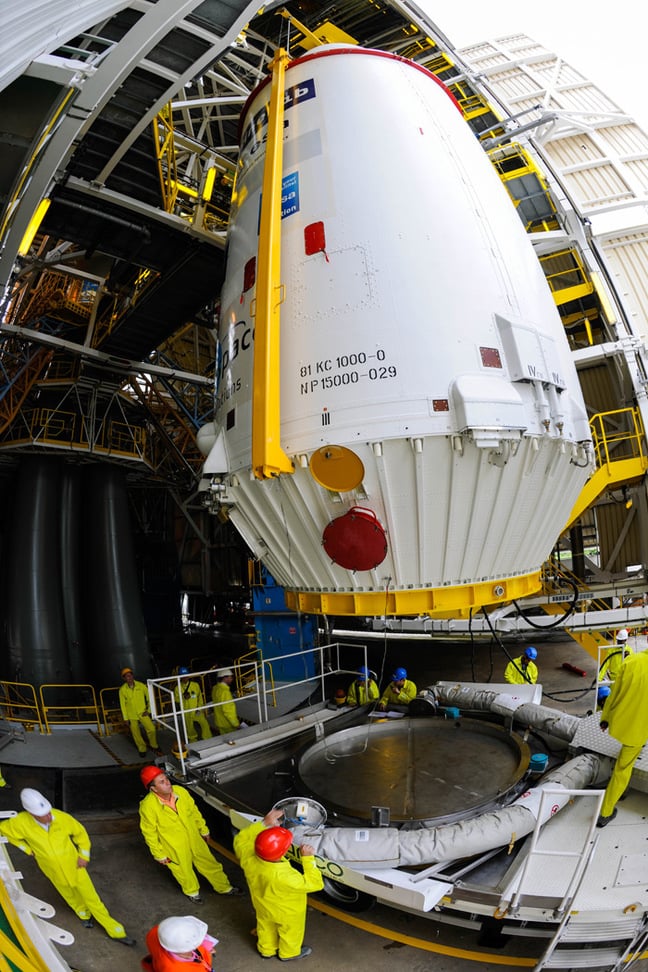
Vertical mating: The encapsulated Sentinel-1B hoisted atop the Soyuz. Pic: ESA / Manuel Pedoussaut
Accompanying the 2,300kg Sentinel for the ride into space will be France's 300kg "Micro-Satellite à traînée Compensée pour l'Observation du Principe d'Equivalence", aka Microscope, which will "test the universality of free fall (that in a vacuum all bodies fall at the same speed) for the first time in space".
French space agency CNES explains: "To achieve this, two concentric cylindrical test masses made of different materials — one titanium and one a platinum-rhodium alloy — will be minutely controlled to maintain them motionless with respect to the satellite inside independent differential electrostatic accelerometers.
"If the equivalence principle is verified, the two masses will be subjected to the same control acceleration. If different accelerations have to be applied, the principle will be violated: an event that would shake the foundations of physics."
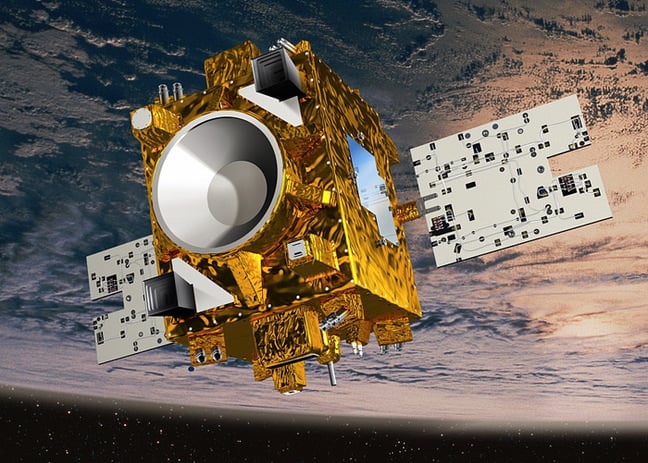
Microscope: May shake the foundations of physics. Pic: CNES / D.Ducros
Also grabbing a piggyback ride tomorrow are three CubeSats developed by university student teams from Belgium, Denmark and Italy, as part of the Fly Your Satellite! programme.
ESA will have live coverage of the launch kicking off at 20:10 GMT. The Soyuz is expected to slip the surly bonds of Earth at 21:02 GMT. ®
Bootnote
*The Russian horizontal assembly method - which also includes mounting the payload on the ground - was nicely demonstrated last month at Baikonur Cosmodrome, as a Proton-M rocket was prepped to send the ExoMars mission on its way to the Red Planet:
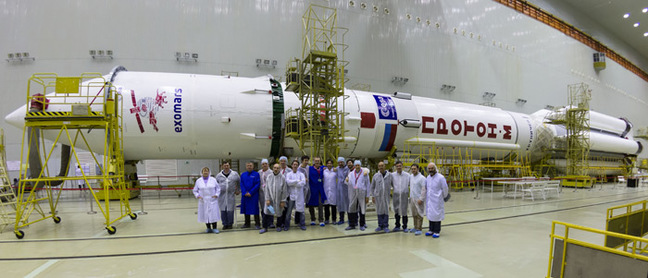
Reclining Russian rocket. Pic: KhSC
This approach is a lot simpler than hoisting everything up for vertical mating, and will be adopted for Europe's Ariane 6.
